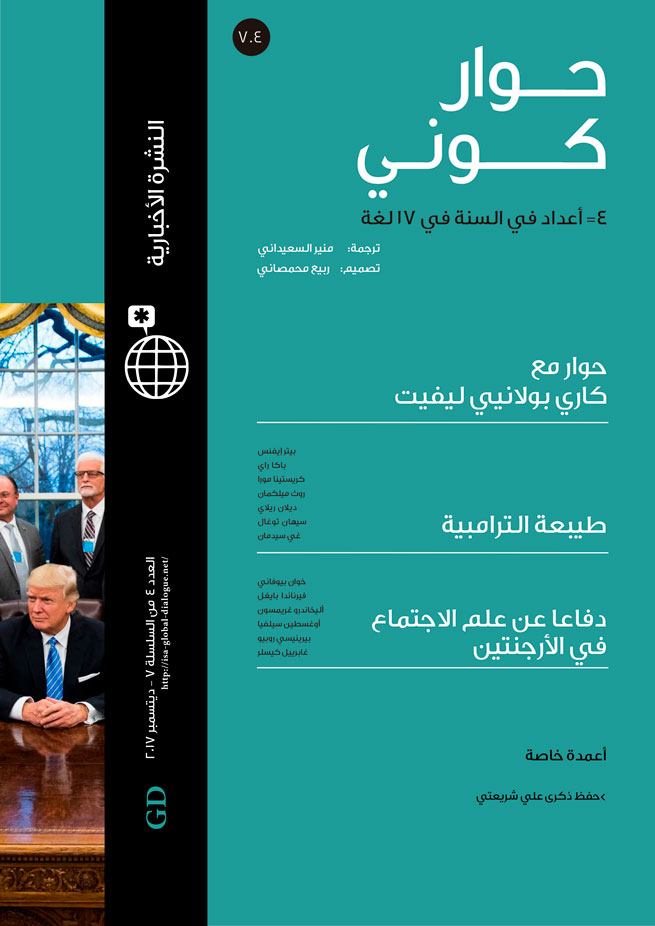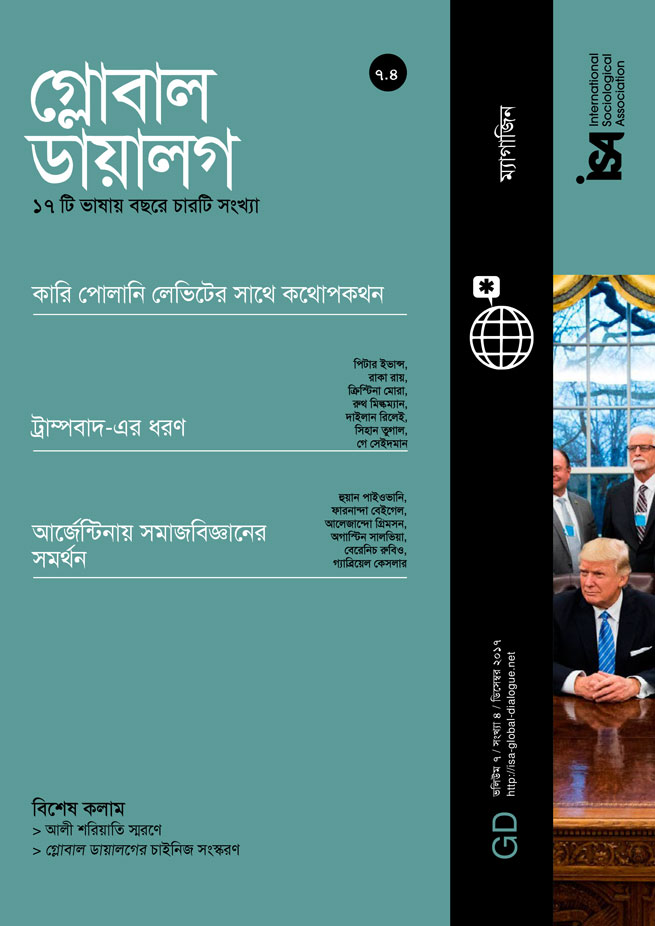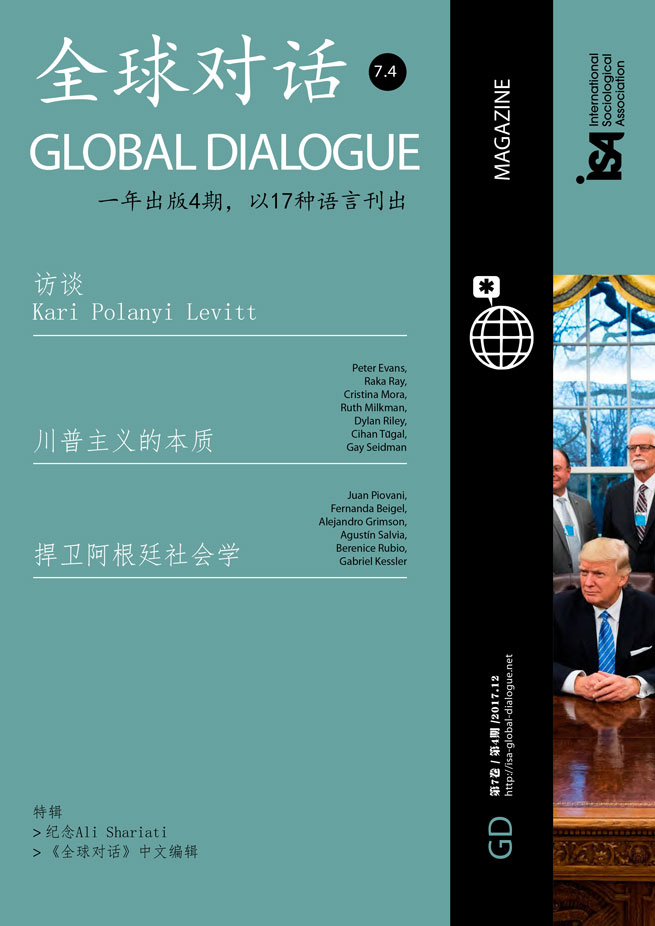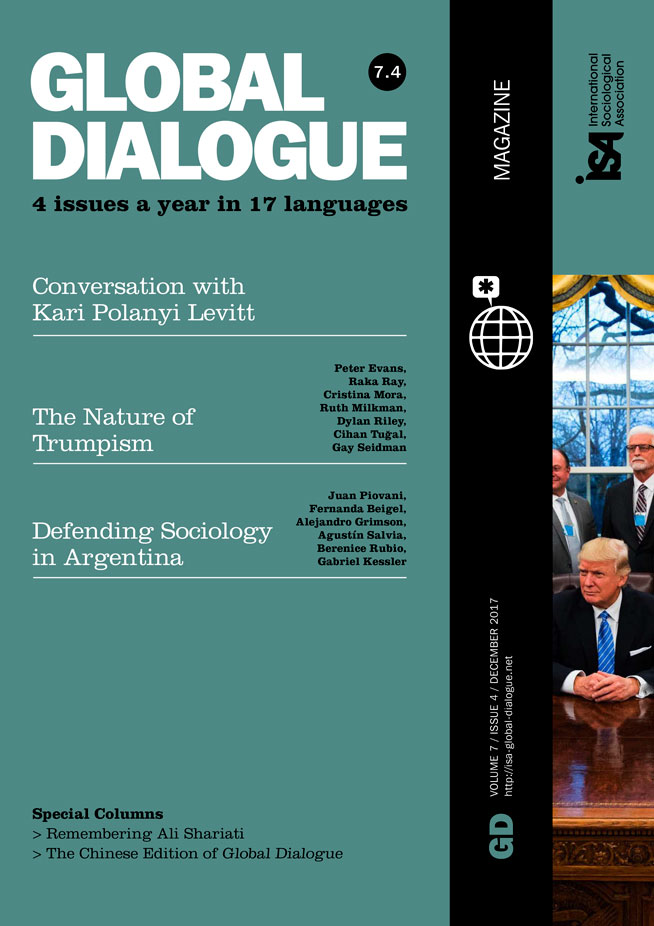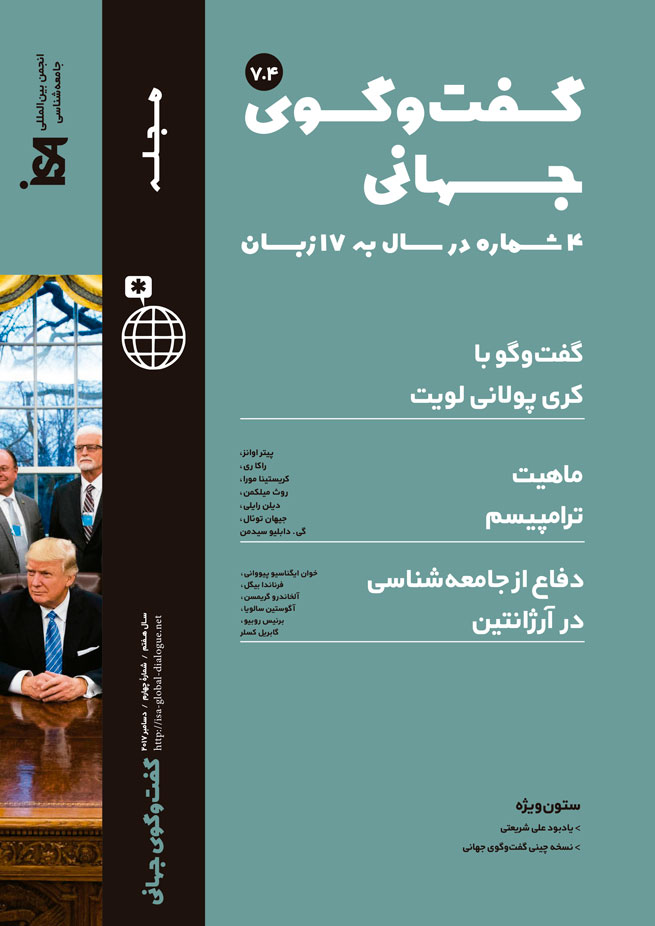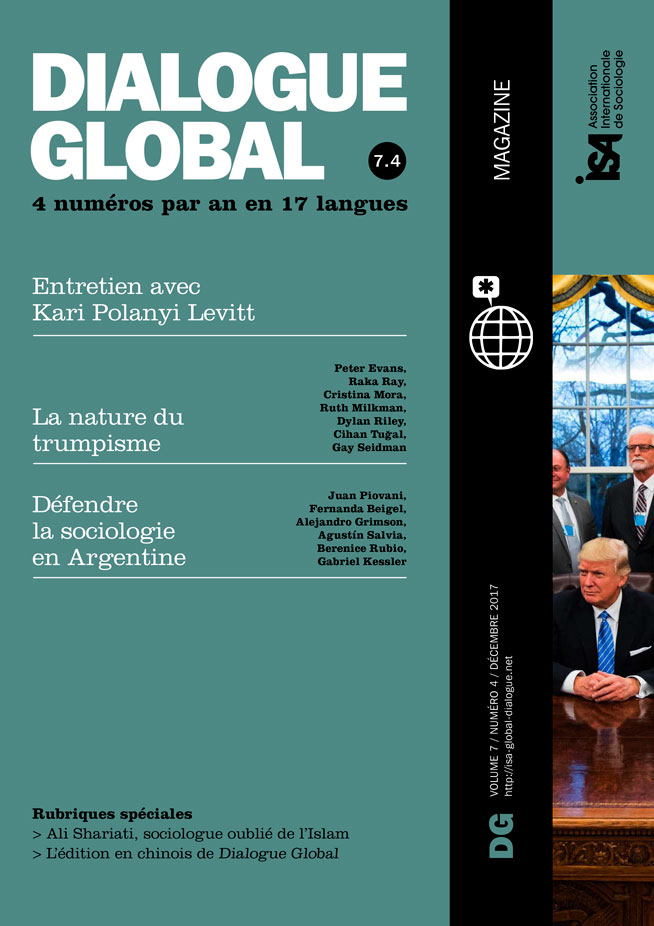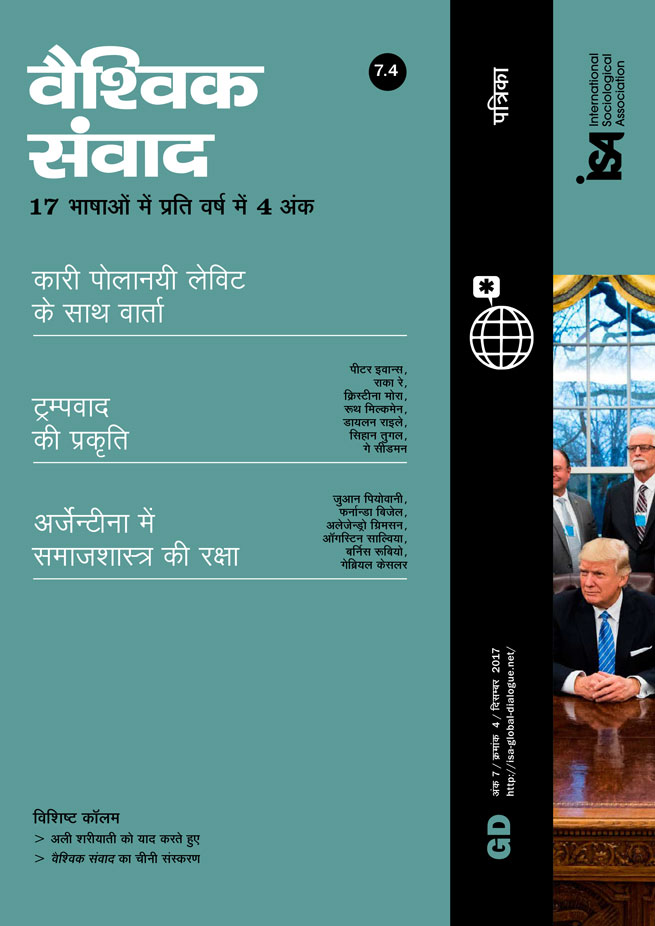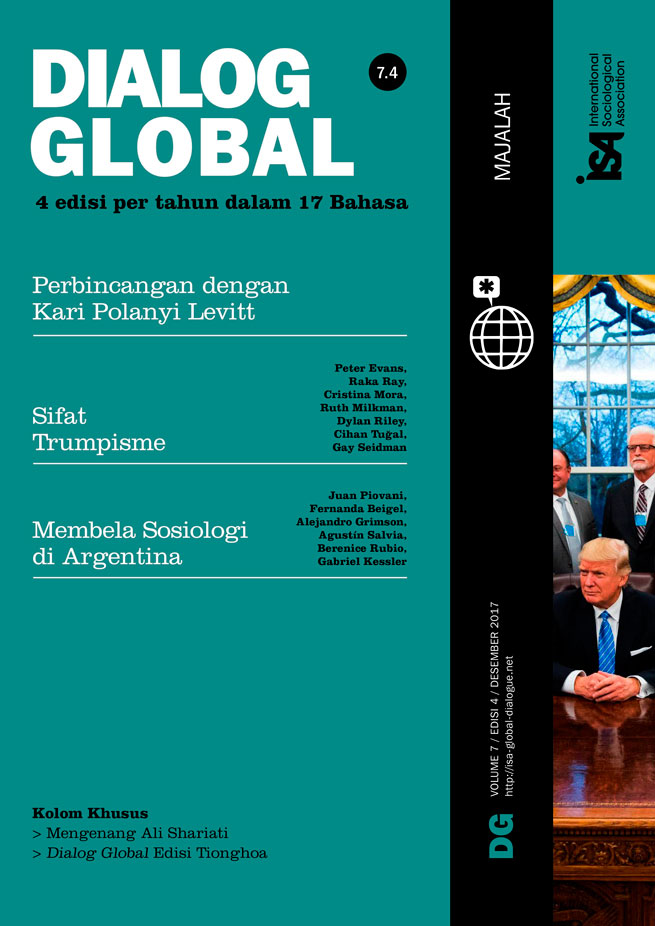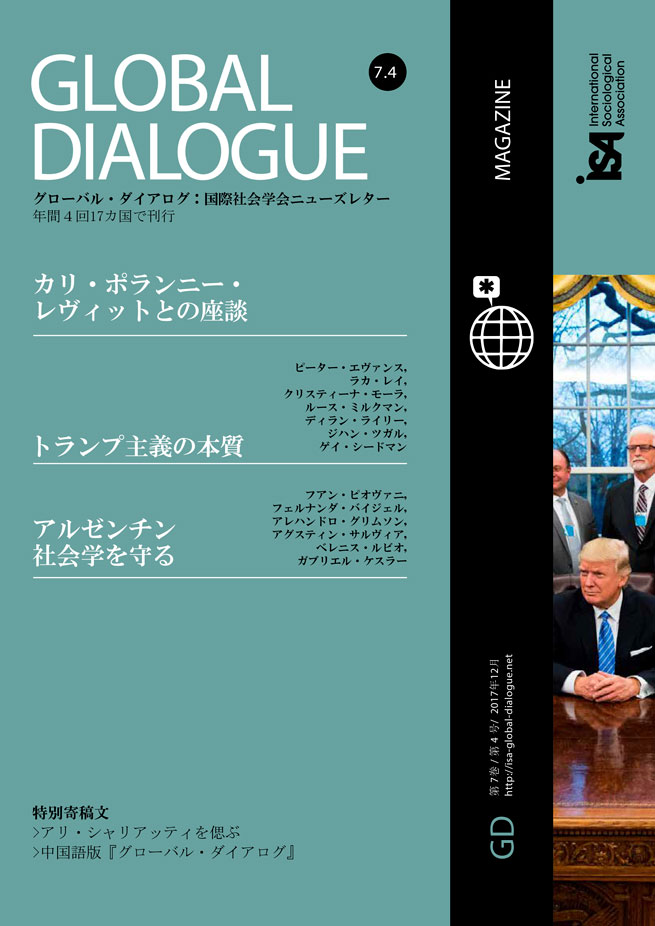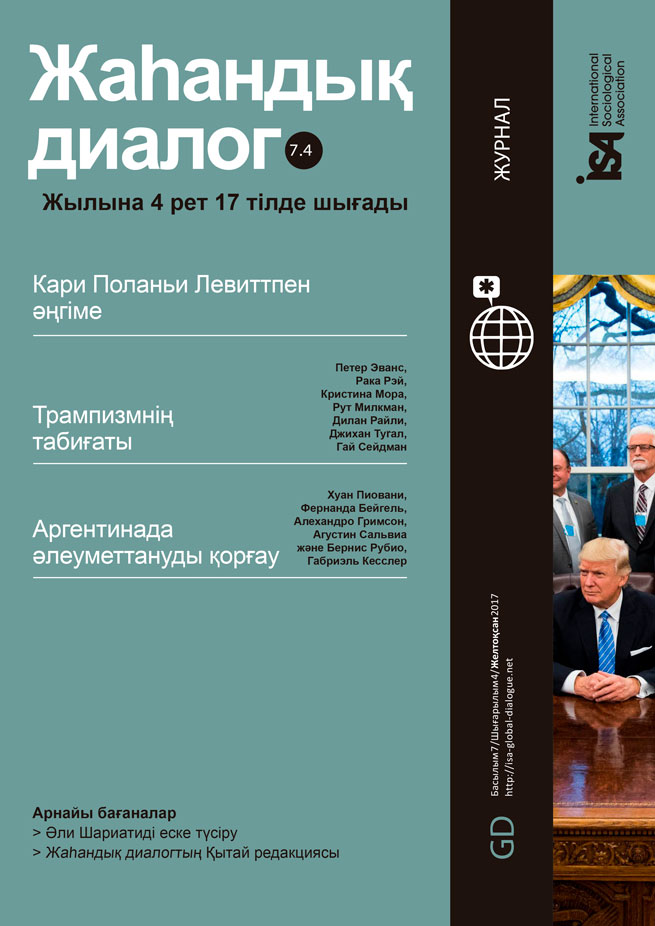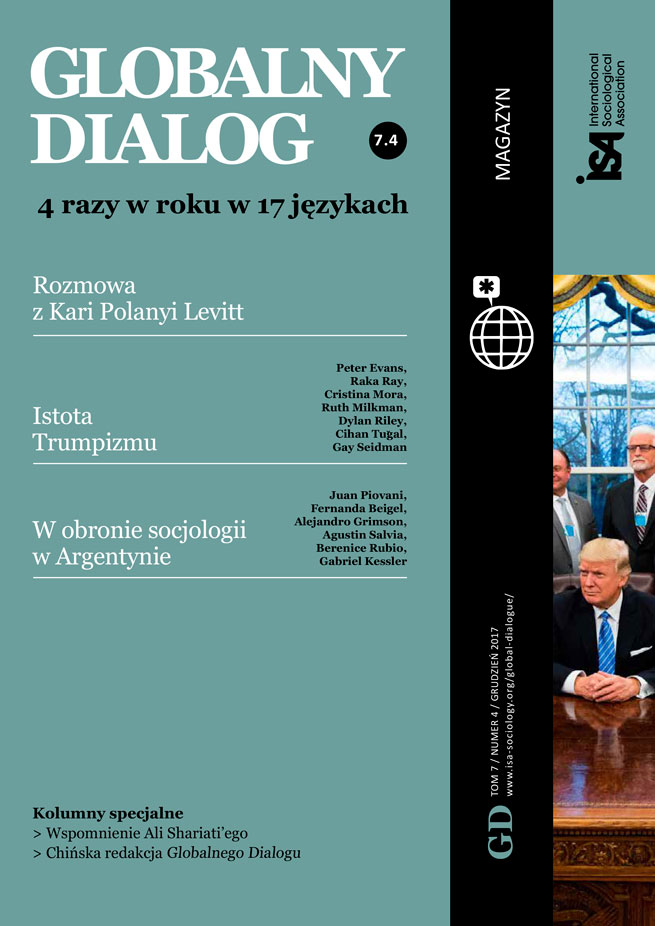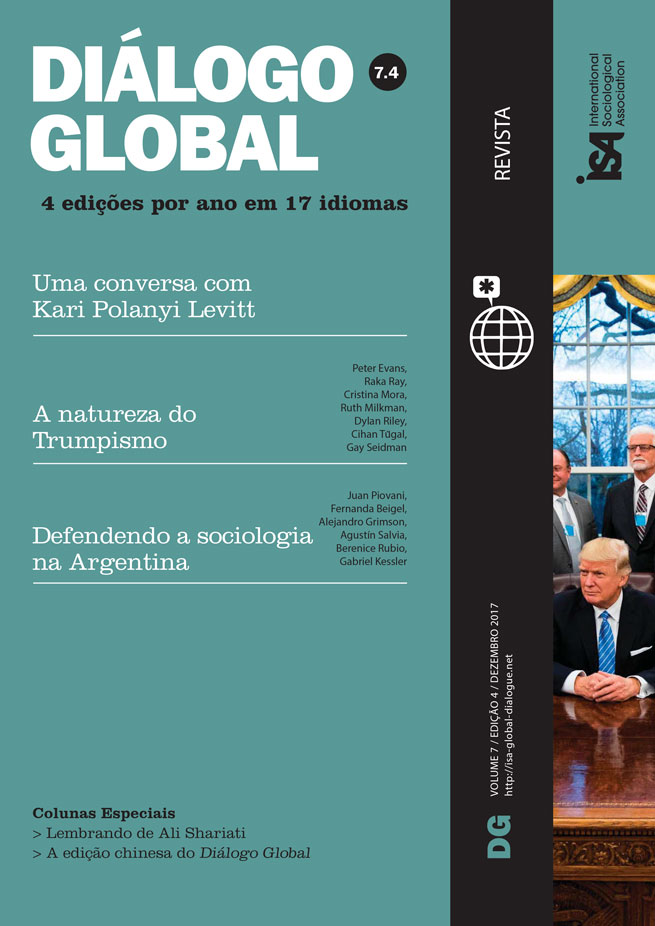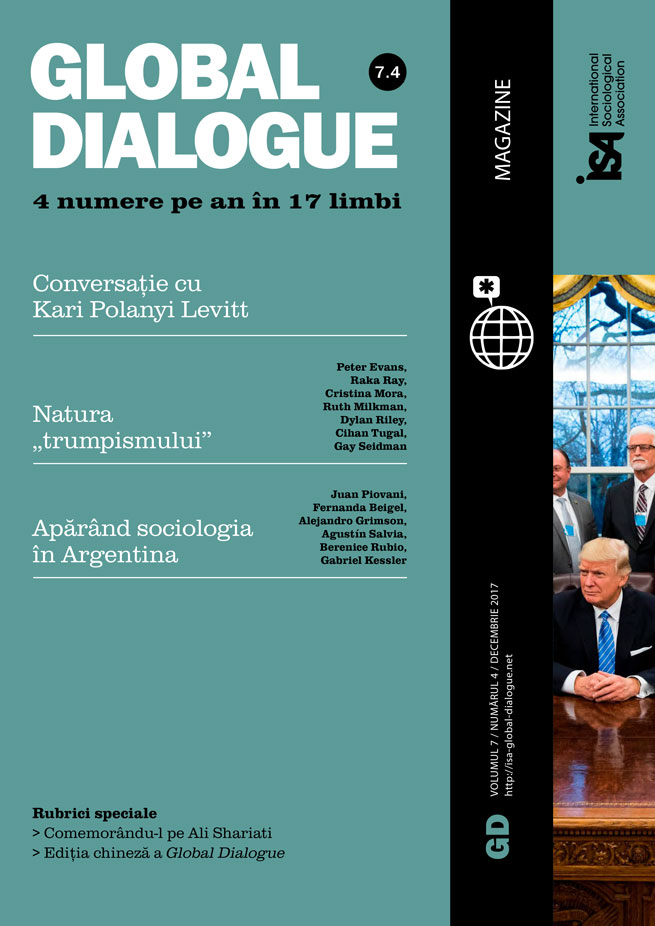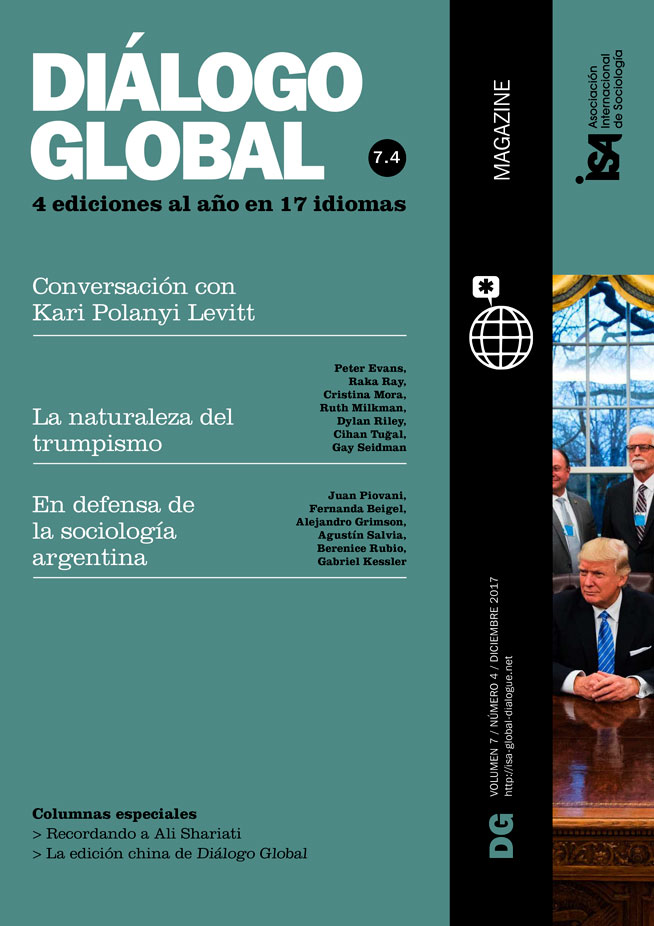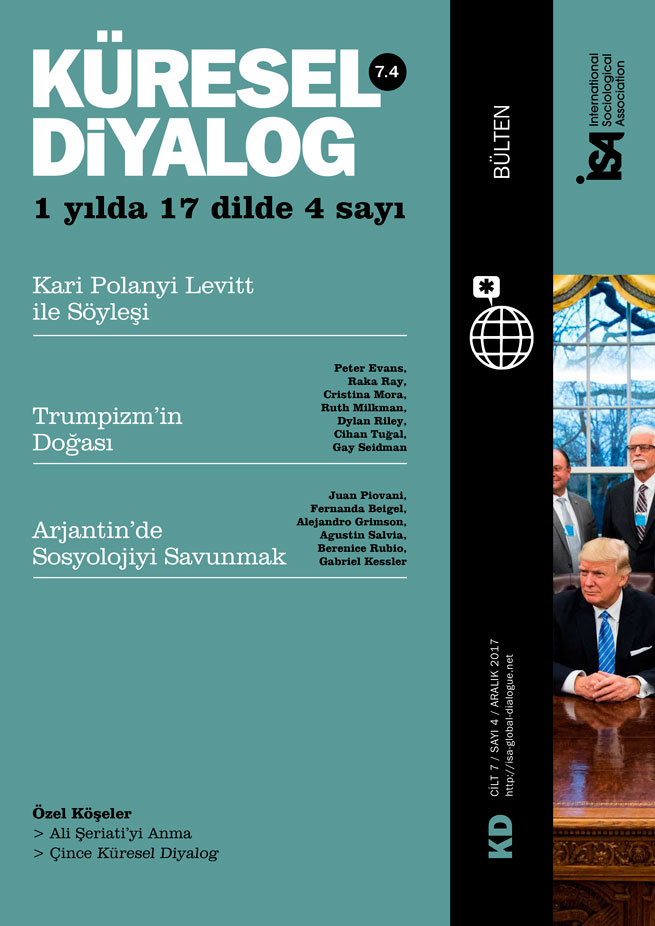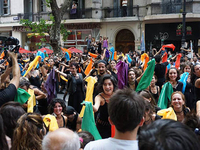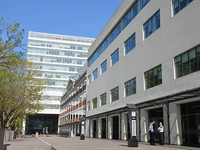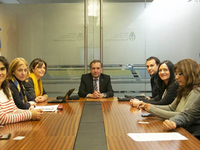Social Inequality in Contemporary Argentina
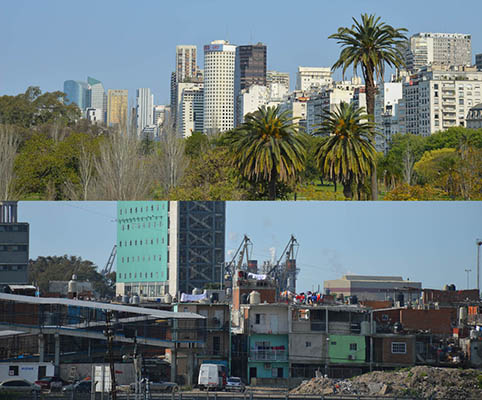
October 28, 2017
Most Latin American societies have been marked by underdevelopment and stark inequalities. In the mid-twentieth century, however, Argentinian society seemed to illustrate an alternative: high urbanization, full employment, universal healthcare and education, advanced intermediate industrialization and an extensive middle class – a relatively integrated society with moderate inequality and much social mobility.
But this society changed dramatically, having to abandon its longed-for future of progress. Indeed, particularly at the end of the twentieth century, in the context of neoliberal structural reforms, Argentinian society could not avoid the trap of underdevelopment: economic liberalization, trade openness and financial flexibilization resulted in instability, rising unemployment, poverty and social marginality, with deteriorating public health, education and social protection.
These processes produced a society marked by deep inequalities, internal conflicts and social unrest, a cycle that produced the economic, social and political crisis of 2001-2, the deepest in Argentina’s modern history.
In contrast, the first decade of the 21st century, helped by a favorable international context, proved that some economic, occupational, social, political and institutional recovery was possible. But this period did not last long: the economy stagnated, and society’s structural fragmentation became evident once again. By 2015, Argentinian society included several different layers of marginalized, poor and excluded segments. About 30% of the population could be considered poor, with 6% living in extreme poverty, unable to afford adequate food for their household. Poverty was exacerbated by extensive urban marginality: 35% of the households did not have sewers, 20% lacked running water and 15% resided in precarious housing.
In response to these impoverished social conditions, different readings have oscillated between denial, chauvinism and victimization. All too often, Argentinians imagine they live in a society that is homogeneous, cohesive, integrated and meritocratic, a stereotyped mythical image promoted by the state during the process of nation building, and later reinforced by the development of a relatively well-off urban middle class. But many other Argentinians believe that they live in one of the world’s poorest and most discredited countries, with the world’s worst social, political and economic problems.
These contrasting images – of a glorious past and a decadent present – permeate common sense, as well as the media and political discourse. In this context, Argentina’s National Survey of Social Structure (ENES), one of the main projects of the National Research Program on Contemporary Society (PISAC), is exploring two tightly related processes: the structures of social inequalities; and the living conditions of the population, vulnerable groups and specific social segments. Since Argentina lacks solid social statistics or comprehensive structural studies of society, ENES has made a great contribution, both producing primary data and investigating key issues such as stratification and social mobility, habitat, living conditions and reproductive social strategies of different regions, sectors, and social groups. Equally important, ENES has helped to construct an empirically-based image of society, challenging stereotypical and mythical self-representations.
In fact, the data show that Argentina’s current social structure is heterogeneous, unequal and fragmented. At the top, a political and economic elite made up of traditional families and a new bourgeoisie represents less than 3% of society. Below this pinnacle, an upper-middle class includes corporate directors, professionals, entrepreneurs, agricultural producers, and medium-sized traders, as well as skilled technicians and employees of the economy’s most dynamic sectors. Together with the elite, these segments constitute about a third of society. These social sectors are strongly integrated into Western culture, with levels of education, quality of life and consumption patterns similar to those of the middle classes of southern Europe. Most of these individuals are concentrated in the City of Buenos Aires and adjacent suburbs, the main cities of the central Pampas and the gated neighborhoods of provincial capital cities.
Next, another 33% of the population constitutes a middle or lower-middle stagnant class, a stratum including employers of small establishments, workers and employees with medium or low qualifications, retired pensioners and some independent professionals. Although they have incomes above the poverty line and some job stability (including, importantly, an affiliation through work to the national security system), this group exhibits little or no social mobility, and individuals are highly vulnerable to economic downturns and technological changes. As public services have deteriorated, individuals in this lower-middle class often seek access to private transportation, healthcare and education that could improve their quality of life – though these efforts are often unsuccessful.
Lastly, in the base of the pyramid, the final 33% of Argentines combine different layers: the impoverished former middle class, the new poor and the excluded. Generally, this stratum includes unqualified self-employed workers, informal waged workers in micro-enterprises, rural workers or small agricultural producers from peripheral regions. Usually, their income comes from unstable or casual jobs, and from social assistance programs. These are the main users of low-quality public services and the run-down infrastructure of public education and healthcare. They tend to live in depressed suburbs, or in large public housing projects, particularly in Argentina’s Northeast and Northwest.
In this last group, many households experience severe deprivation, infrastructure deficits and environmental risks. Also, most of the country’s unemployed (9%) and informal workers (30%) belong to this segment. This segment includes the 45% of youths who have not finished high school, as well as the 15% of child workers and the 8% of children who suffer severe food insecurity. In addition, the women of these households suffer the harshest economic, social and cultural exclusion, often leaving school after only a few years because of domestic responsibilities or to work in the informal labor market.
A multi-institutional team of researchers is currently analyzing the data produced by ENES, compiling what may prove the most comprehensive account of contemporary Argentinian society so far. As these analyses are completed, they are revealing the deep heterogeneity and inequality of our society, highlighting Argentinians’ varied experiences of poverty and related social setbacks. The findings also challenge widespread neoliberal discourses, pervasive in Argentina and in the region, which tend to describe social achievements as a result of individual effort within a meritocratic society and, in turn, to attribute poverty to individual failure. By analyzing the fragile living conditions and the unbalanced opportunity structure of Argentinian society, our data demonstrates the way intertwined forms of inequality concentrate in certain regions and among certain social groups, in a rather rigid social structure from which very few can escape.
Using a sample including more than 8,000 households and more than 27,000 individuals in 339 towns above 2,000 inhabitants, in all the provinces of the country, ENES findings show how diverse forms of inequality – class, gender, age, region of residence, environment, educational attainment, etc. – intersect. The data provides a complex picture of society, allowing generalizations at the regional level as well as interregional comparisons, and offering insights into internal social gaps and heterogeneities which were obscured by previous studies which focused only on the largest urban centers.
This type of study allows us to better understand poverty, marginalization and social inequalities in Argentina. By presenting our findings not only within academe, but also to the public opinion, we hope to provoke democratic debate about how to go forward. We hope the scientific information we have collected will enrich and engage public debates, challenge reductionist and simplistic social discourses, and contribute to constructing public policies that can address Argentina’s accumulated social issues.
Agustín Salvia, University of Buenos Aires, Argentina <agsalvia@retina.ar>
Berenice Rubio, University of Buenos Aires, Argentina <beer.rubio@gmail.com>

